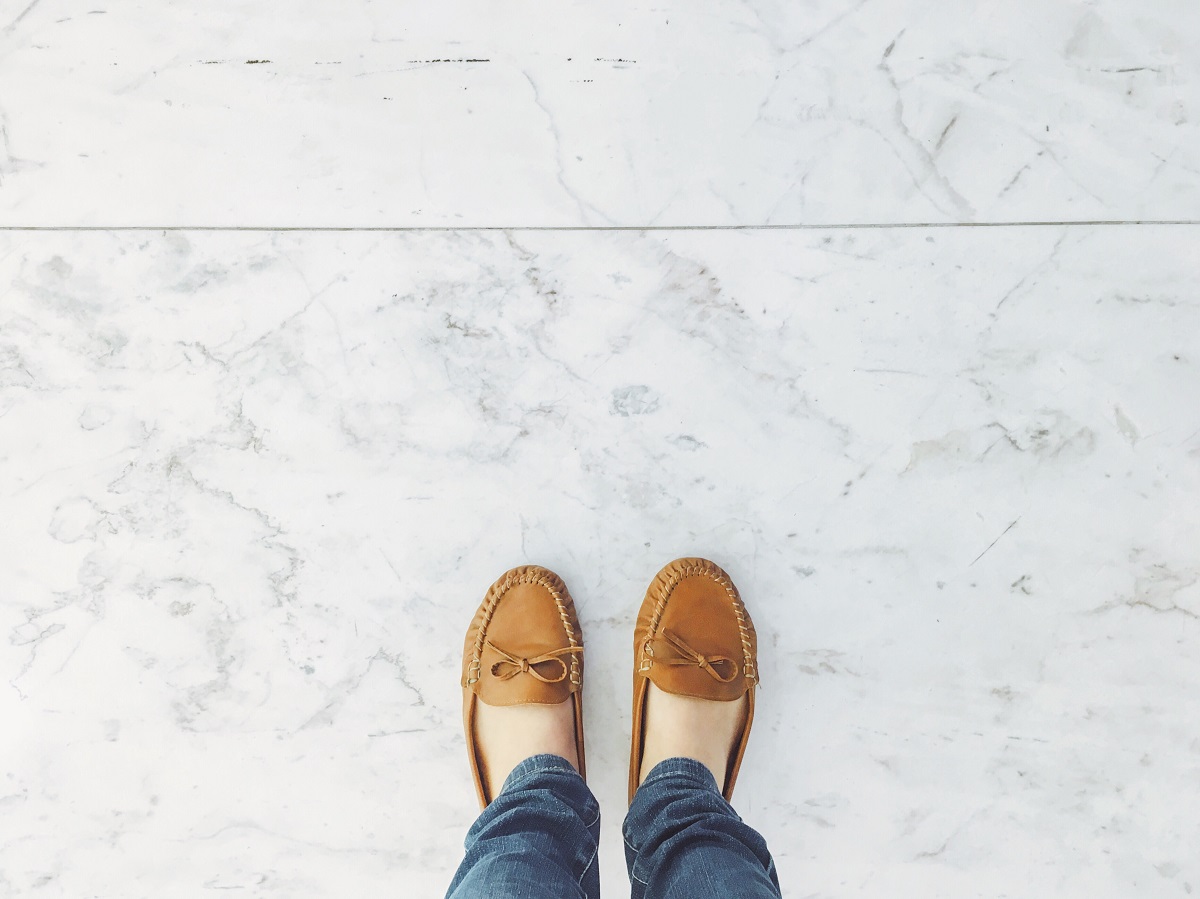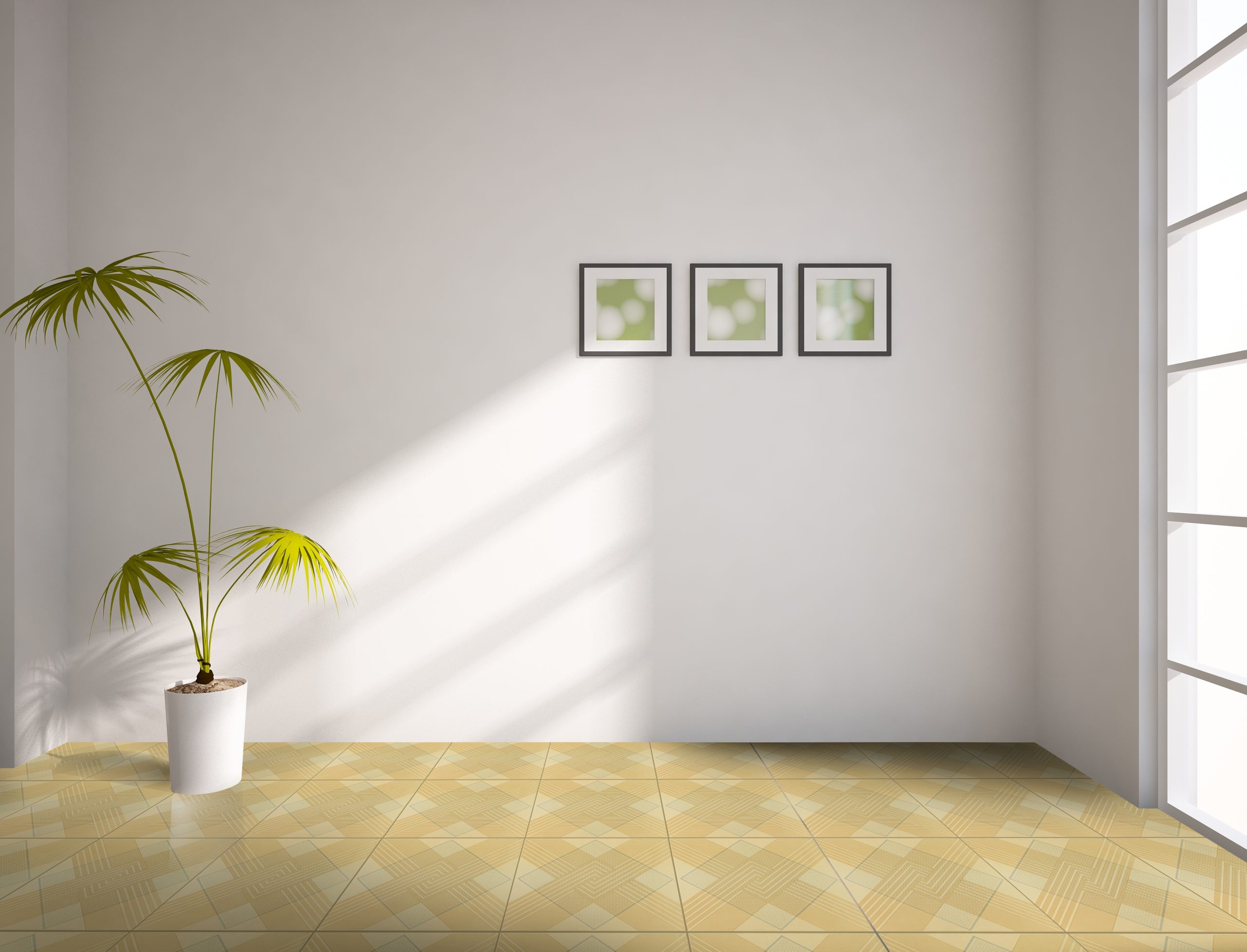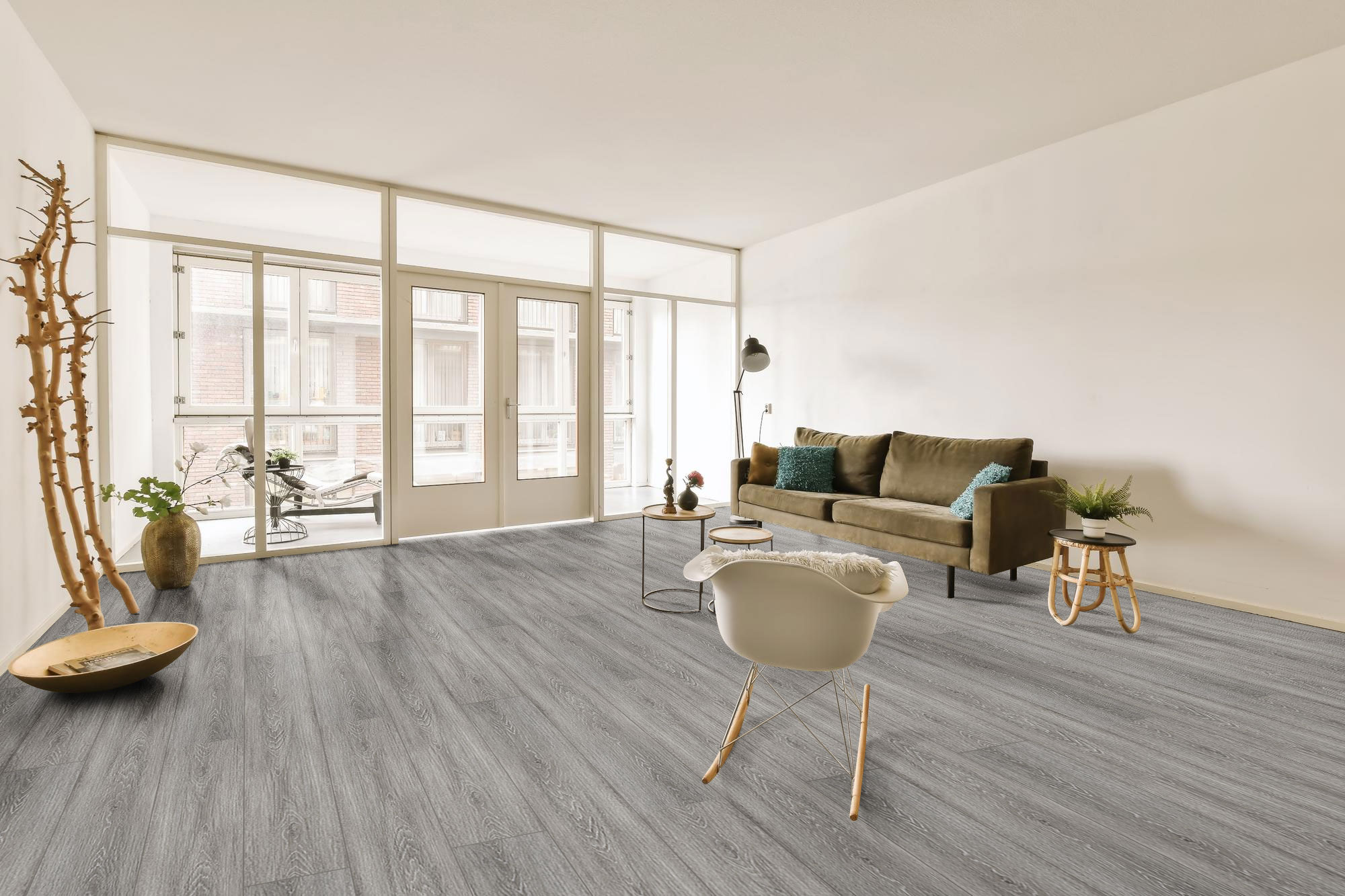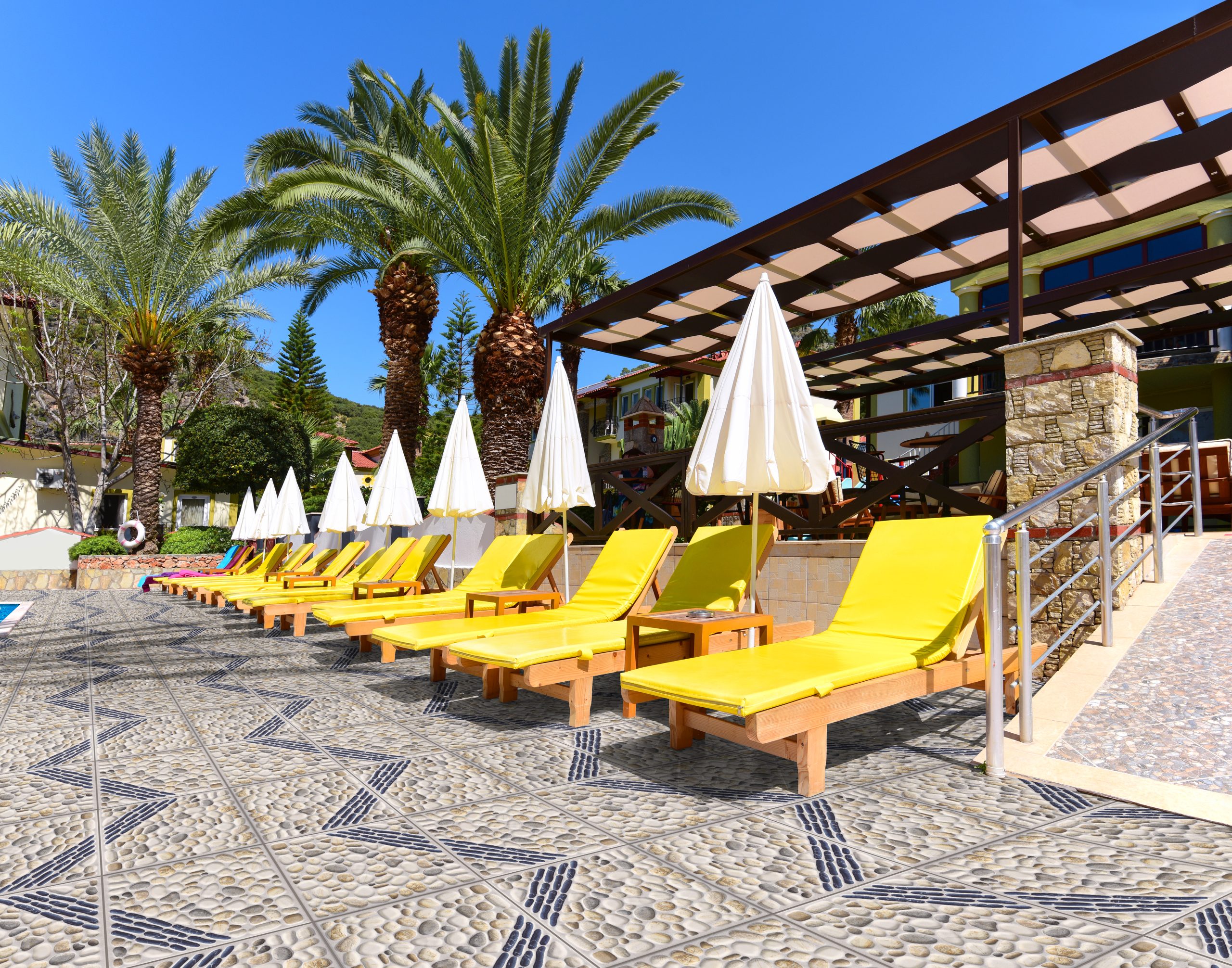What do you need to know about marble tiles?
- Judge the quality
- Marble-look tiles need to be sealed
- Avoiding acids
- Slip resistance
- Protection from damage
When it comes to the multitude of tile choices available, you don’t need to immediately gravitate to the disadvantages of marble-look flooring. These tiles always give a unique look and a luxurious texture. You do need to know that these tiles require a lot of care and attention so that they can last for a while. If you’re curious, here’s a simple guide to acquiring the most ideal marble tiles and how to properly maintain them.
Judge the Quality

59.5×59.5 Atlantis Marble
You need to assess various parts of your marble tile so you know which one has the best quality. Start by looking at the back of your tile. If you find a mesh or net, this is what supports the tile. This means that your tile is much more prone to scratches or cracking. Marble tiles with this type of support are not suitable for high traffic areas as they can be prone to scratching and etching.
Now you need to flip your tile and look at the front. Angle it at 45 degrees and shine a light on it. If you notice any dull patches your tile may require filler. Avoid marble tiles with tons of dull patches. You may end up scratching off the filler in the future and it can cause unsightly holes in the tile itself.
Notice the veins and fissures in your marble tile, flip it over once more and check if they appear in the same spot. Some tiles are more prone to cracking if the fissure is deep enough. Use this type of tile along walls or low traffic areas. The quality of your marble tiles can be subjective especially if you’re approaching different manufacturers. Look for marble tiles with more stone than fiberglass resin support. Pure materials tend to work better than their fiberglass support counterparts.
Marble Tiles Need to Be Sealed
Marble tiles are natural stone tiles and like other natural materials, they tend to be porous. Pores can make your marble tiles more vulnerable to stains and spills. This can ruin the look and tone of your tile.
Protect your fresh marble tiles by treating them with a below-surface sealer and a surface finishing treatment. These treatments help the marble tiles last longer by sealing and filling the porous material while creating a protective layer on it. You can even apply this after 6-12 months to maintain the protective layer.
Avoid Acids
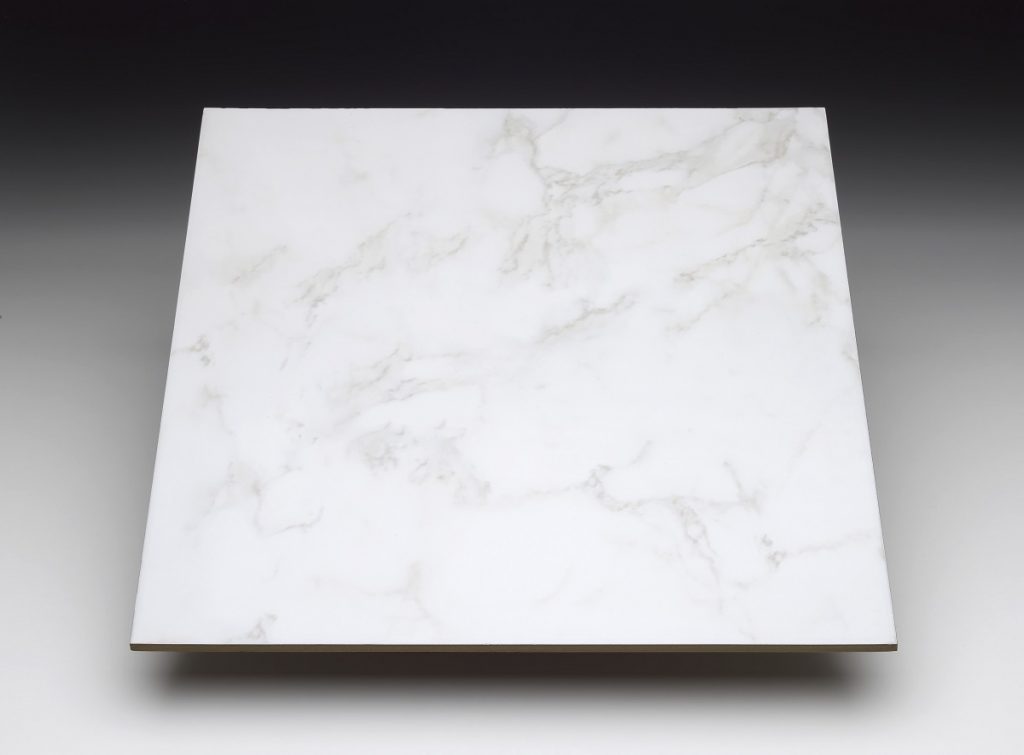
Marble tiles are alkali. Alkali materials clash with acids since their components make them a base. If you’re using a marble floor, it might end up becoming discolored if you accidentally pour acids such as vinegar on the surface. This is due to the chemical reaction between bases and acids. Even fruits, sodas, and soaps can cause an unwanted chemical reaction.
If you happen to spill these on the surface of your marble tile, be sure to wipe it off immediately. Adding the sealants mentioned earlier can help protect your tiles but you still need to avoid accidentally spilling anything remotely acidic on your marble tile.
See If It’s Slip Resistant
Did you know that slip resistance is measured by the coefficient of friction when it comes to floor tiles? If the rating of the coefficient of friction is high, you’ll find that it’s more slip-resistant compared to lower rates. You need to determine the finish of your marble-look tile to know how slip-resistant it is.
Polished tiles tend to cause less friction which can make it prone to slipping. Avoid using polished tiles in your kitchen, bathrooms, and entryways. Now, for a slip-resistant option, marble-look tiles that are honed, tumbled or brushed have a much more slip-resistant surface. Use these tiles for more high-traffic areas.
Protect It from Damage
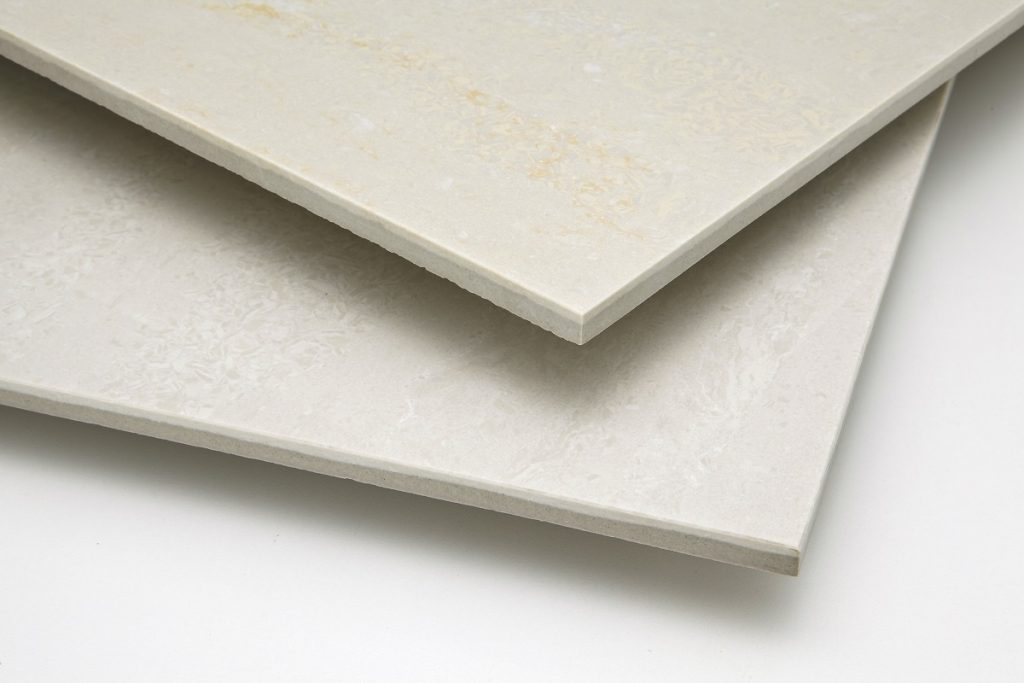
Marble may seem like your typical stone but it’s actually quite soft compared to other materials. Properly caring for your marble flooring can help avoid damage from chipping and cracking. When you’re installing your marble tiles, make sure that there are no gaps in between the tile adhesive. Gaps cab create air bubbles that can result in weak spots under the floor. Weak spots will eventually lead to cracking.
To avoid scratching the surface of your marble tile, add an extra layer of protection on the foot of your furniture. Install rubber or acrylic pads so you can avoid any scratches on the surface. Regular cleaning can also eliminate any grit and dirt that can eventually cause small scratches on the surface of your marble tile.
Key Takeaway
Purchasing the perfect set of marble-look tiles and making them last can be astoundingly easy if you follow these guidelines. Any type of tile needs some form of maintenance and preparation; marble-look flooring is no exception. Visit the nearest Floor Center to learn more and check out a wide range of world-class marble-look tiles!
